Waste Management In Cannabis Grow Operations
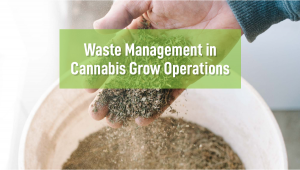
- 1. Cannabis grow operations and plant waste
- 2. Types of waste
- 3. Amounts of waste
- 4. Plant matter waste management practices
- 4. a. Composting
- 4. b. Landfilling
- 5. Cannabis packaging waste management practices
- 5. a. Recycling
- 5. b. Hazardous waste
- 6. Best management practices
- 7. In conclusion
Since legalization in some places, the number of legal cannabis grow operations have increased exponentially and it’s estimated that more than 60.000 tonnes of waste, including substrate and plant matter, are produced per year by indoor, greenhouse, and outdoor facilities.
Over the last couple of years, commercial cannabis seeds growers have disposed of their waste in several ways, such as composting, in landfills, waste-to-energy facilities or in-vessel digestion but due to the lack of specific guidance, producers have limited options. Also, there are many jurisdictions that require cannabis waste to be unusable and unrecognizable before disposing of it but do not specify what unusable and recognizable are, creating potential contamination, safety, and health issues. Grow operations need to dispose of waste, but there aren't any rules in most places, so producers have to recycle waste to produce as little waste as possible, this makes them resort to more eco-friendly alternative ways of disposing of waste, which you’ll learn more about further into the article.
1. Cannabis Grow Operations and Plant Waste
Since recreational legalization, regulations on who can and how to grow, process, and consume cannabis have been established but these regulations haven’t taken into account how companies are supposed to dispose of the byproducts of cannabis production. This means that all legal processing and growing facilities, including greenhouses, outdoor and indoor crops don’t have any guidance on how to dispose of their waste. These facilities not only produce plant waste but also need to dispose of the substrate after each grow cycle and water contaminated with synthetic fertilizers, and since most grow operations have between 1 - 3 harvests per year, it’s a lot to dispose of. On top of that, some types of substrate cannot be composted, such as vermiculite for example, so producers need to find a way to take care of the waste that cannot be recycled or disposed of with regular methods.
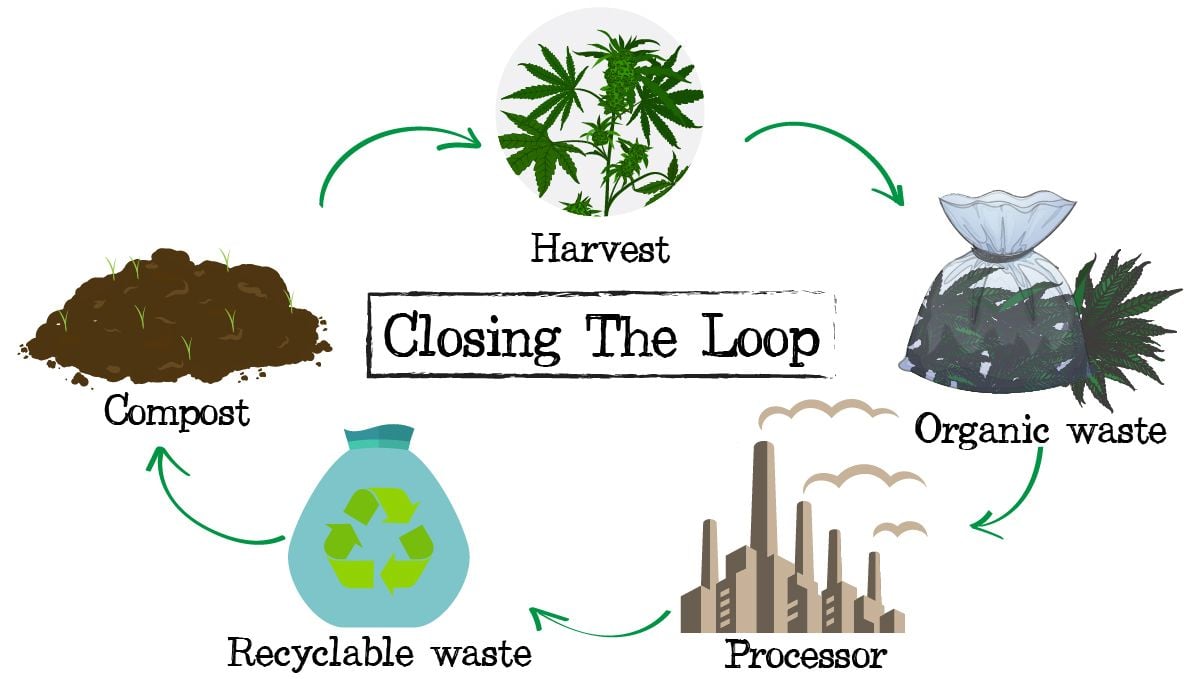
Apart from grow operations, cannabis processors also face the same difficulties. Cannabis processors need to turn plant material into distillates to make edibles, topicals, or oils, and most often, processors turn plant material into extracts by using solvents such as ethanol, heptane, propane, and butane. Even though the majority of processors and extractors use technology that allows them to recycle the majority of solvents used, there’s still a good amount that needs to be disposed of and cannot be easily disposed of due to being considered hazardous waste.
Now, there are different ways of extracting the chemical compounds needed for cannabis, such as supercritical carbon dioxide, high pressure, and heat, which produce less toxic waste than the methods mentioned before but the amount of THC and CBD lost with the methods that produce less toxic residuals is higher and are more expensive, so most companies cannot recur to this type of technology, especially smaller facilities.
2. Types Of Waste
The majority of cannabis waste commercial cannabis growers and processors generate are packaging and plant byproducts. Plant byproducts refer to organic waste such as stems, branches and leaves discarded after every harvest and also include the substrates which can be composted easily and turned into plant nutrients. But, most commercial growers use substrates that are hard to compost or just cannot be composted to avoid disease transmission, in some cases, substrates are not accepted in organic waste management facilities, this is the case of rockwool, which is non-reusable and non-compostable and still is the preferred substrate in most commercial grow operations.
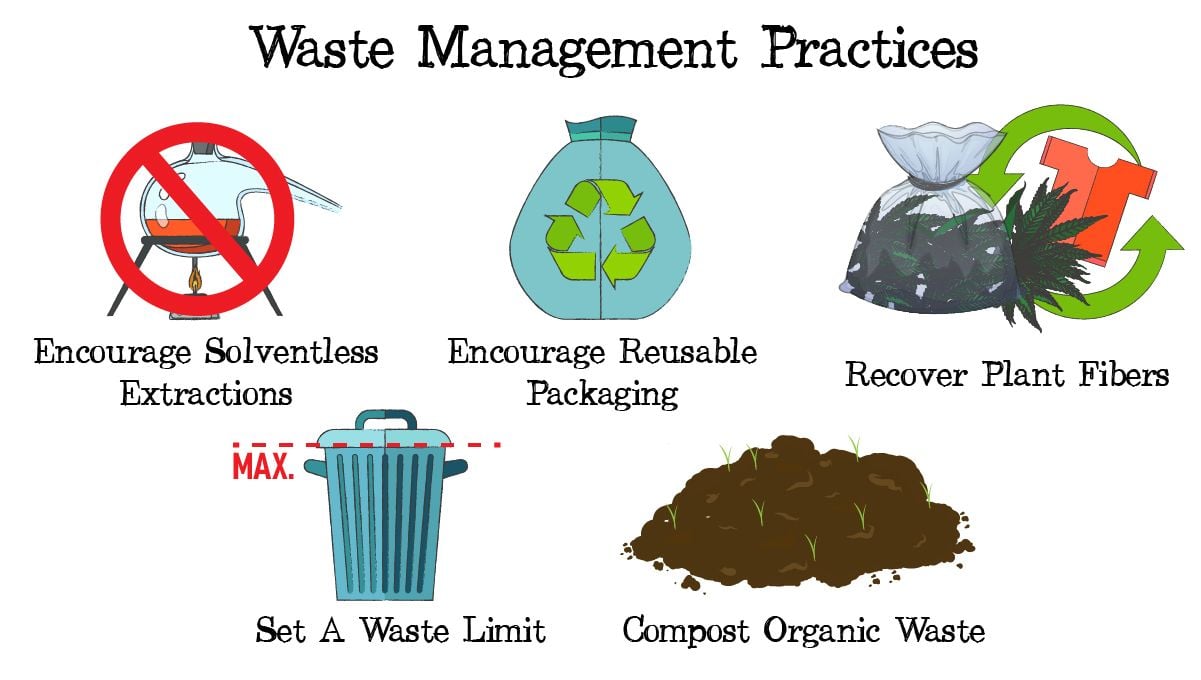
On the other side, cannabis packaging includes materials like cardboard, plastic, glass, vape pens, and batteries which has become a huge issue because some of them can be recycled but the majority end up in a landfill. Due to current laws, it isn’t possible to recycle cannabis packaging due to the potential risk of containing THC and CBD residuals; Cannabis packaging is seen as a potential health risk so most packages are required to be processed differently and cannot be recycled, especially single-use vape batteries.
Is There a Difference Between Hemp, THC, and CBD waste?
Yes, but all of them should be disposed of in similar ways as cannabinoids can accumulate in the soil or water. But first, let’s understand a bit more about THC, CBD, and Hemp. Outdoor and indoor cannabis grow operations, and cannabis growing and manufacturing, in general, are growing at an explosive rate which means that cannabis waste is also growing fast. Now, some places have already installed safe waste management procedures and the right infrastructure but not all states or countries have successfully done this. The two main sources of cannabis waste in the industry are plant matter and packaging waste. Due to the fast pace that the cannabis growing is growing, government regulations do not make it easy for the cannabis industry to be sustainable, so there are only two ways to dispose of it, either outsourcing the problem or taking the matter into their own hands and using techniques like bokashi, for example. THC is the main psychoactive compound found in cannabis and is responsible for the effects cannabis is known for. CBD is the second most known cannabinoid found in cannabis plants and it’s considered a non-euphoric compound. On the other hand, hemp refers to the fibers of cannabis plants, but remember that hemp plants contain CBD but can also contain up to 0.3% THC. Keep in mind that THC-dominant plants will also contain CBD and CBD-dominant plants will also contain THC and cannabis waste is considered toxic if it contains THC so any waste containing THC or that comes in contact with THC must be destroyed and combined with other waste materials until it’s rendered unusable.
Now, keep in mind that there’s no definition of unusable and unrecognizable so it can vary from state to state but the main idea is to prevent cannabis waste from reaching the soil, water, or being ingested by animals or minors. This means that this type of waste does not only have to be disposed of correctly but also stored correctly as it cannot be treated as regular trash. Remember that flowers, stalks, roots, trimming, and leaves among other things, are considered hazardous waste. This hazardous waste can be disposed of in several different ways such as landfills, incineration, composting, or in-vessel digestion, so make sure to read along to learn more about waste management in cannabis grow operations.
3. Amounts Of Waste
In the US, it’s estimated that cannabis grow operations produce at least several thousand tonnes and, in California alone, cannabis packaging composes 25% of the state’s waste disposal. According to research, approximately 15 liters of substrate are used per cannabis plant, with an average of 4 grow cycles per year, producing over 2.0438.600 square meters of substrate waste.
Green Matter Waste Percentage Per Cannabis Plant
| Organic Waste | Percentage |
|---|---|
| Leaves | 1 - 2% |
| Stem and branches | 0.1 - 0.3% |
| Roots | < 0.03% |
Also, green matter waste such as stems, branches, and leaves yield approximately 1.75 liters of waste per plant so the average waste is estimated to be 114 kg/m3, resulting in over 233 tonnes of plant waste produced by indoor, greenhouse, and outdoor production which will almost triple as more licenses get approved.
4. Plant Matter Waste Management Practices
The legalization of recreational cannabis has had a huge impact on the waste management industry due to the increase of waste produced by cannabis grow operations. There have been efforts to regulate cannabis waste management such as requiring that cannabis is destroyed or altered so it’s not fit for consumption but there is no clear indication on how to dispose of other types of cannabis waste because there’s still a lack of understanding on how to manage cannabis waste. Cannabis is different from other crops because of the presence of CBD and THC residue, due to the presence of these cannabinoids, there are only a couple of facilities that accept cannabis organic waste, which forces cannabis producers to look for alternatives.
Despite the lack of guidelines, some states have approached a hazardous and non-hazardous approach. With this approach, non-hazardous cannabis waste must be made unrecognizable and unusable by grinding the cannabis into a fine powder and mixing it with equal amounts of non-cannabis compostable waste such as food waste, yard waste, or animal manure.
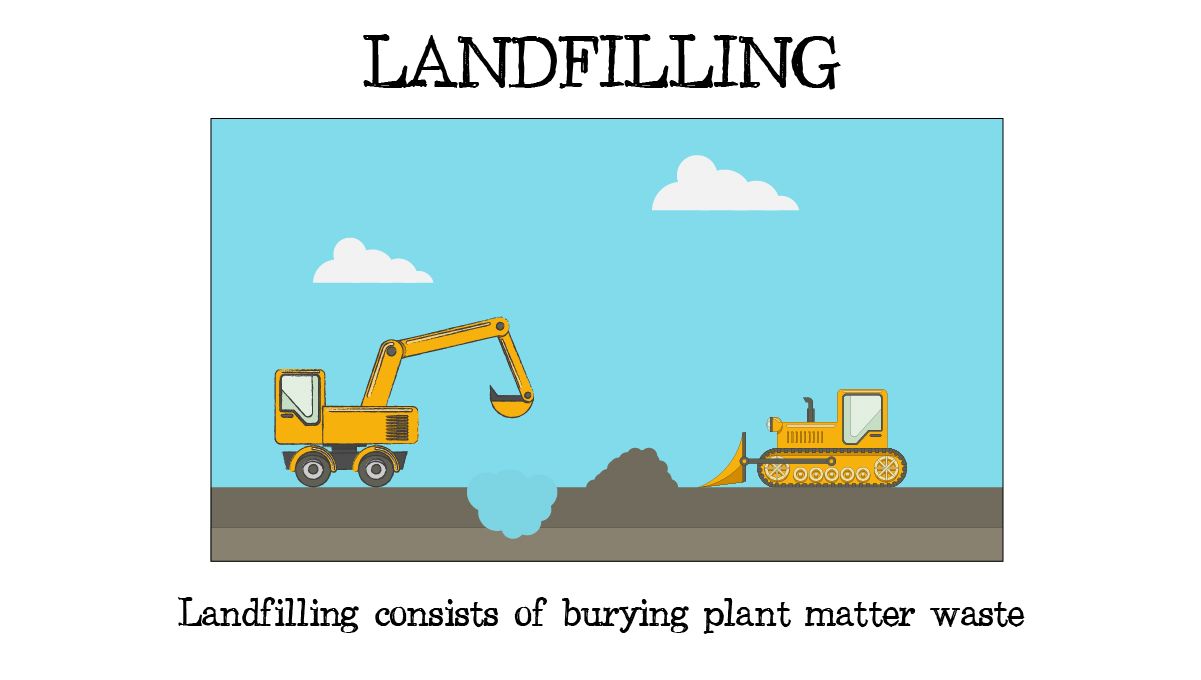
But hazardous waste is problematic because it’s not compostable so basically doubles the amount of waste directed to landfills. In places like the United States where cannabis has been legal for longer than most countries, some states have encouraged cannabis producers to adopt sustainable practices. In Oregon, for example, there are regulations regarding solid hazardous waste so cannabis growers must maintain records of waste materials, keep them in secure storage with limited access and dispose of them using the following methods.
Composting
Composting organic waste reduces waste volume and turns waste into a nutrient source for other crops while also preventing gas emissions. In outdoor crops, it’s possible to do so when there’s enough space. If possible, compost can be used in the soil too, turning it into a more productive and healthy soil because plant matter waste such as stems, branches, and roots can increase nitrogen contents in soil, producing compost similar to any other plant matter waste.
Composting can also be done using specialized processing machines that can transform plant waste into compost, called in-vessel. This technology allows cannabis plant waste to be kept in a secure place while producing minimal smell but cannot be used in indoor operations or greenhouses where space is limited.
Composting isn’t only a good way to minimize the waste produced from your home grow. It’s one of the very best ways to keep your soils fertile—for free! To understand how this works, you need to learn about the very nature of compost. This black gold is simply the end result of microbial decomposition. Compost is composed of two main groups of materials—greens, and browns. The greens include fresh kitchen scraps, grass clippings, and fresh garden waste, and browns include wood chips and dead leaves. When combined into a 1:1 ratio, these materials break down into excellent compost. Why? Because bacteria, fungi, and other organisms release enzymes that break them down. You have two main approaches here: hot and cold. Hot composting will provide you with compost in a matter of weeks. Simply add all of your materials into a compost bin at the same time, and turn it on regularly. Cold composting takes much longer and involves simply adding materials to your pile whenever you have access to them.
Another way producers can compost plant waste is by sending it to composting facilities but it requires producers to transport waste, which may not be viable due to being expensive. On top of that, composting facilities have rules that can complicate the process even more. Experts say producers could profit with plant waste due to the fibers in cannabis stems and branches but due to the current rules, it’s extremely hard to monetize cannabis plant waste.
Landfilling
Landfilling is the most common method of cannabis waste disposal because it is simple, convenient, and doesn’t require any extra equipment. Despite the costs of transporting cannabis plant waste to landfills, it’s currently the most common because it only consists of burying the plant matter and that’s it. But, despite being the most common disposal method, landfilling isn’t considered the best because it releases greenhouse gas into the atmosphere, unlike composting.
5. Cannabis Packaging Waste Management Practices
The methods mentioned above are used to dispose of cannabis plant matter waste, but the cannabis industry also produces waste such as glass and plastics which are among the worst contaminants and cannot be composted. This means that producers have to recur to the following methods to deal with packaging waste.
Recycling
Cannabis packaging is the biggest concern since legalization because regulations set limits on what materials can be used, so it’s impossible or extremely hard to use eco-friendly alternatives. For example, strong adhesives used in labels are required due to being hard to remove but are harder to recycle, also, vape batteries are less desirable by recyclers due to being considered hazardous. Now, cannabis packaging can definitely be recycled but it’s up to the final consumer to dispose of them correctly and many don’t know how to do it or simply don’t care.
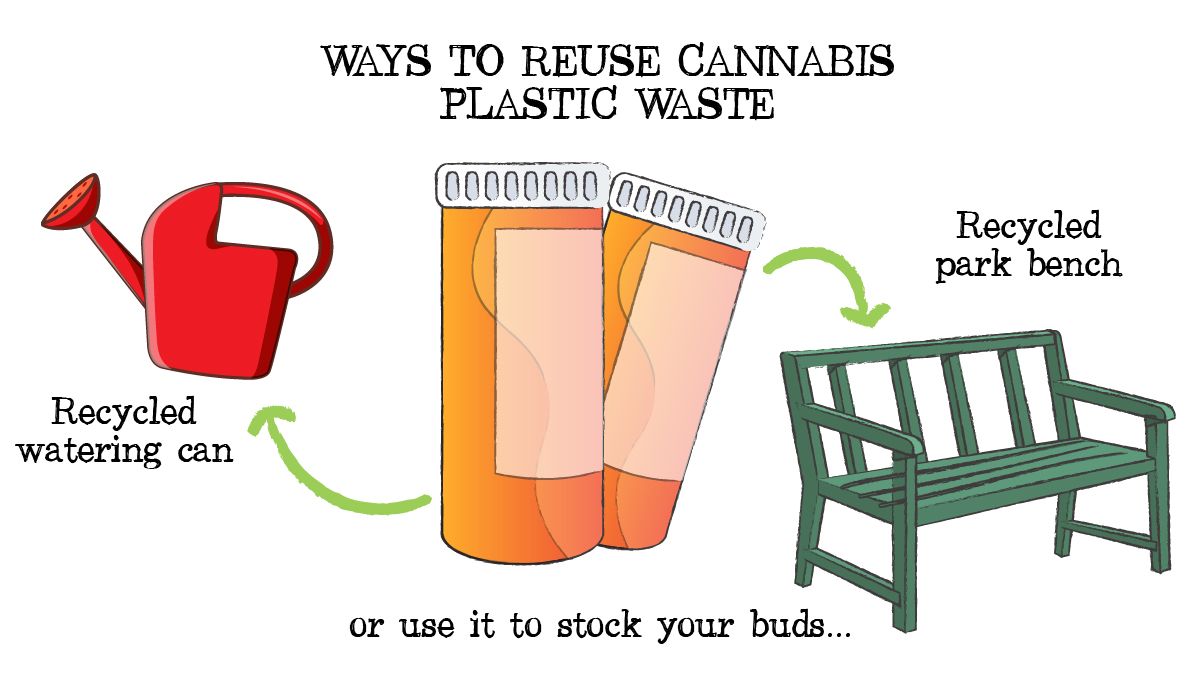
Due to this problem, companies are starting to offer recycling services specializing in hard-to-recycle cannabis waste, so instead of disposing of them in landfills, packages are recycled and are used again and again. These types of companies usually manage packaging and vapes in different ways. Packaging recycling programs usually collect the packages, clean them and melt them into plastic which can be used to make park benches or watering cans, for example. Vape recycling programs follow a similar process but are used to melt the metals and transform them into new vapes or other types of products.
Hazardous Waste
Hazardous waste such as solvents used to produce cannabis extracts or oils is usually subjected to the Hazardous Waste Regulation so it’s the company’s responsibility to look for the requirements for each specific solvent and ask for a waste discharge for either air, solid or liquid waste to be able to dispose of it correctly.
6. Best Management Practices
Due to not having clear directions on how to dispose of cannabis waste, companies share certain practices focused on re-using or minimizing waste as much as possible. Here are some of the best management practices recommended by the majority of cannabis producers (when possible).
- Encourage Solventless Extractions: Cannabis processors should be encouraged to develop new extraction processes that are less pollutant or use solventless techniques to minimize hazardous waste.
- Composting Organic Waste: Outdoor facilities should compost on-site when possible, and indoor or and greenhouse facilities should partner with agricultural operations to turn cannabis plant waste into an organic substrate or nutrient-rich soil.
- Recover Plant Fibers: Encourage producers to explore different ways of making the most out of plant fibers (just like hemp), re-using plant fibers to make clothing, insulation, and several other products.
- Opt For Less Wasteful Approaches: Use the required technology to use sunlight instead of artificial lighting, use recyclable lights, and use a growing substrate that can be composted on-site (if possible).
- Set A Waste Limit: Setting a waste limit forces producers to have a waste management plan, so if waste production surpasses the limit set, producers have to either compost it on-site or transport it to a specialized facility, showing proof that they've recycled the excess waste and how they did it.
- Encourage Reusable Packaging: When possible, producers should opt for sustainable, reusable, and refillable packaging and have higher taxes for those who don’t.
7. In Conclusion
The cannabis industry is growing exponentially and it’s producing lots and lots of waste, so there’s the need to implement waste management programs and provide clear guidance on the best ways to dispose of cannabis waste. For the best results, the government should communicate with the cannabis industry to find the best possible solution for both parties; The cannabis industry will continue to grow so effective waste management should be established as soon as possible. Having said that, the legal cannabis industry is relatively new and is still facing difficulties so it may take some time for waste management practices to be established for the cannabis industry.
If you have any tips for home growers to dispose of their waste, feel free to share your knowledge with fellow growers by leaving a comment in the comments section below!









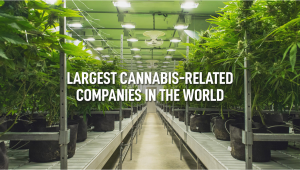
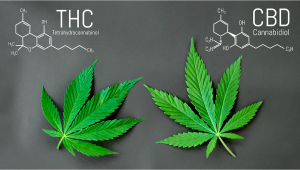
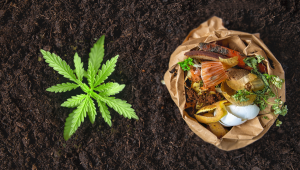

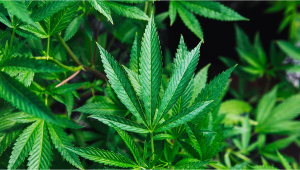
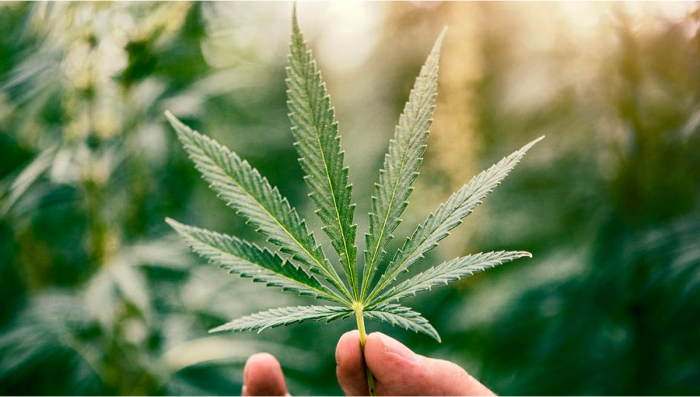

Comments